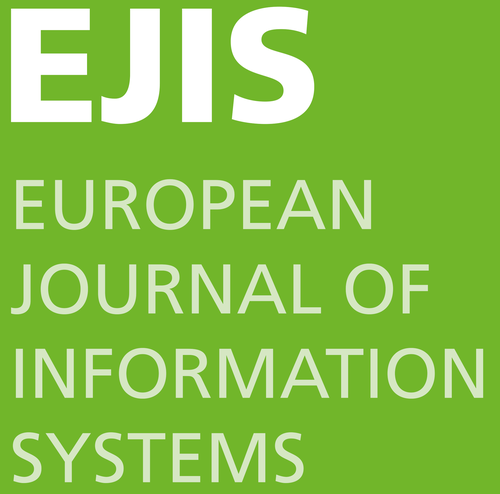- Posted June 12, 2019
Designing legitimacy into technology: The case of a crowdfunding platform
Study: Designed entrepreneurial legitimacy: The case of a Swedish crowdfunding platform
Problem:New platforms often struggle to get stakeholders to use it because of its newness and lack of legitimacy. Legitimacy is traditionally considered as a social and relational quality among people. The question addressed by this article is: “how can legitimacy be designed into the technology?” Specifically, it is concerned with how to design a platform so that different key users perceive it as legitimate and wants to engage in it.
There are two main challenges to address in designing legitimacy into a platform. First, in order for legitimacy to emerge, normative, structural and cognitive norms have to be fulfilled. These norms are related to financial, social or cognitive expectations of key actors, such as getting shares in the organization or being involved in decision making as a board member or advisor. Second, platforms are often multi-sided or two-sided, so they need to satisfy diverse—and often opposite—set of norms and expectations of different key users (e.g., a platform for crowdfunding needs to present projects that need funding as well as information for investors about interesting projects to get involved in).
How it was studied:The authors collected data by interviewing 29 different key users to a Swedish crowdfunding platform and thereafter analyzed why this platform didn’t work as well as wanted.
Take away:The study suggests that it is possible to design new platforms, such as crowdfunding platforms, that are perceived as legitimate by their users. It highlights how design can (and cannot) be used to build relationships with users, especially when it comes to hierarchies and long-term relationships.
In sum, there are three design means that may assist in making a platform seem more or less legitimate. First, the use of symbols in the design can emphasize certain norms and expectations. For example, different types of hierarchies and relations can be represented by symbols that mimic offline relations. Also, temporal designs can emphasize certain relations between stakeholders at a specific time. Second, asymmetric legitimacy building means that the first versions of the platform should focus on one specific key user and get them engaged. A consequence of getting these key users engaged is that other stakeholders will put trust in the technology and perceive it as legitimate and good to use – “if they are using it, it must be legitimate”. Consequently, making strategic and aware decisions on who to reach out to first is of importance, especially in two or multi-sided platforms. So, the third advice is to build legitimacy sequentially. The paper suggests to strategically map out who to reach out to first, second and beyond. Don’t aim for everyone from the start.
Publication Details
- Authors:Claire Ingram Bogusz
- Robin Teigland
- Emmanuelle Vaast
- Categories: Information Systems
- Link: https://www.tandf...
European Journal of Information Systems

- Year: 2019
- Volume: 28
- Issue: 3
- Pages: 318-335



